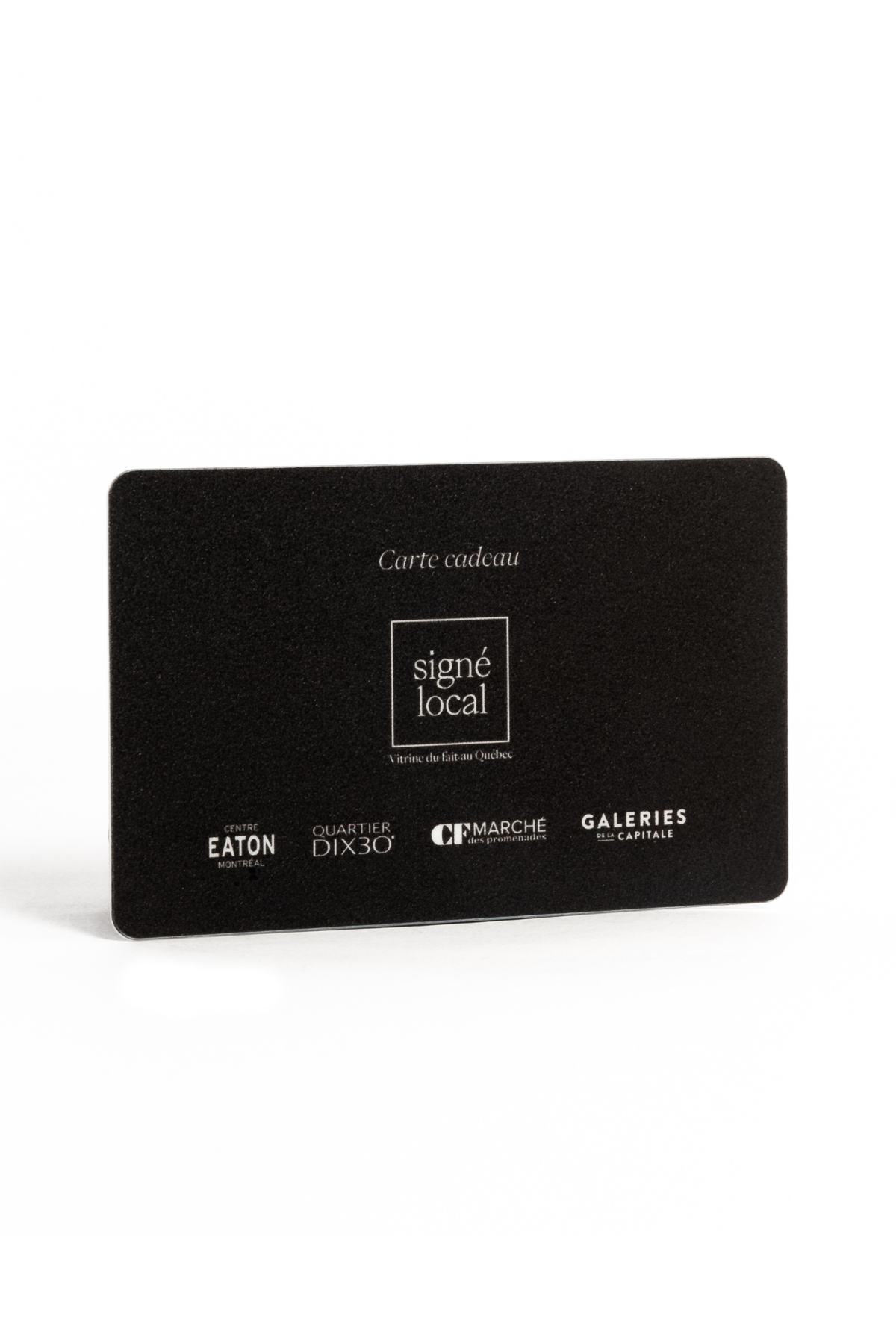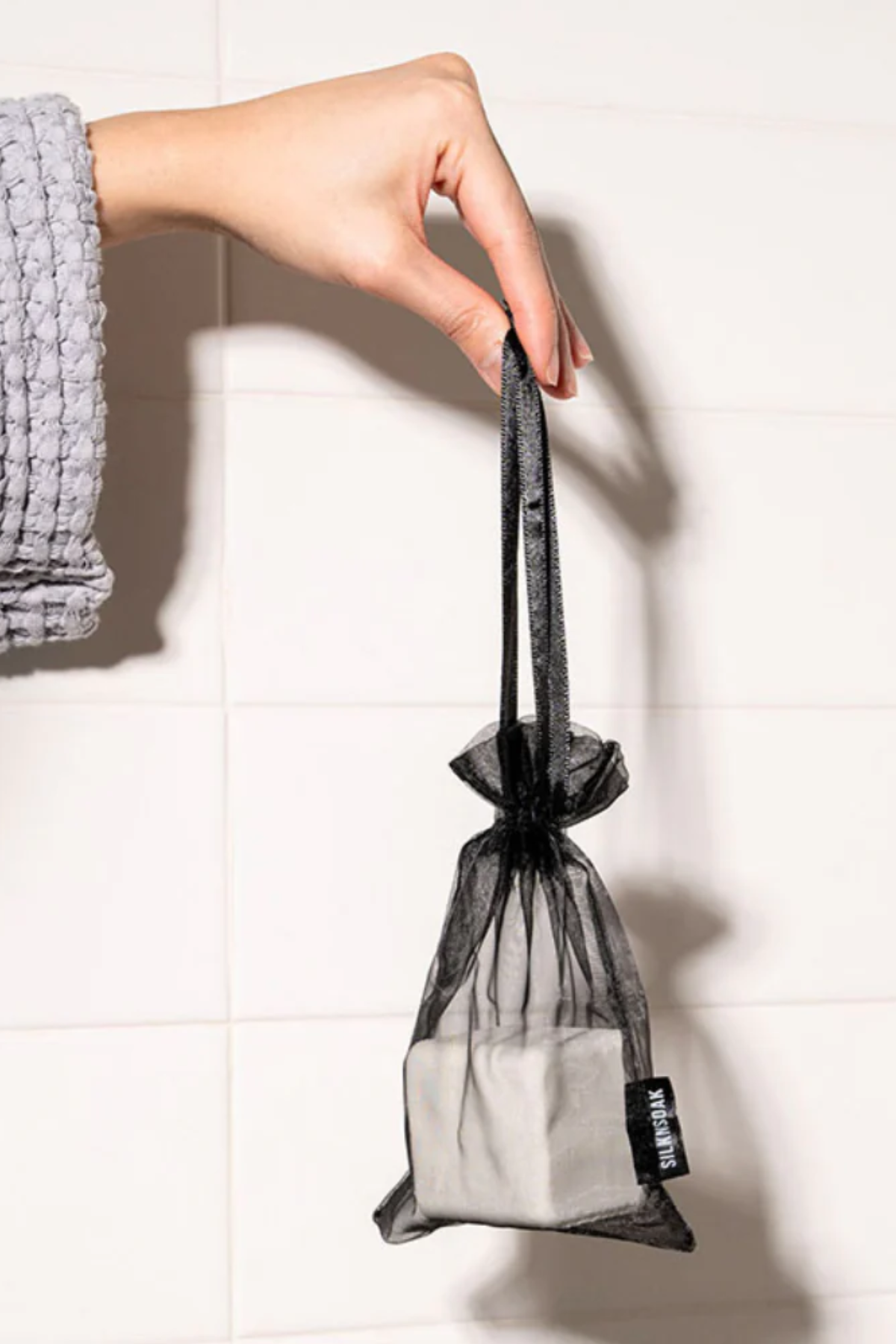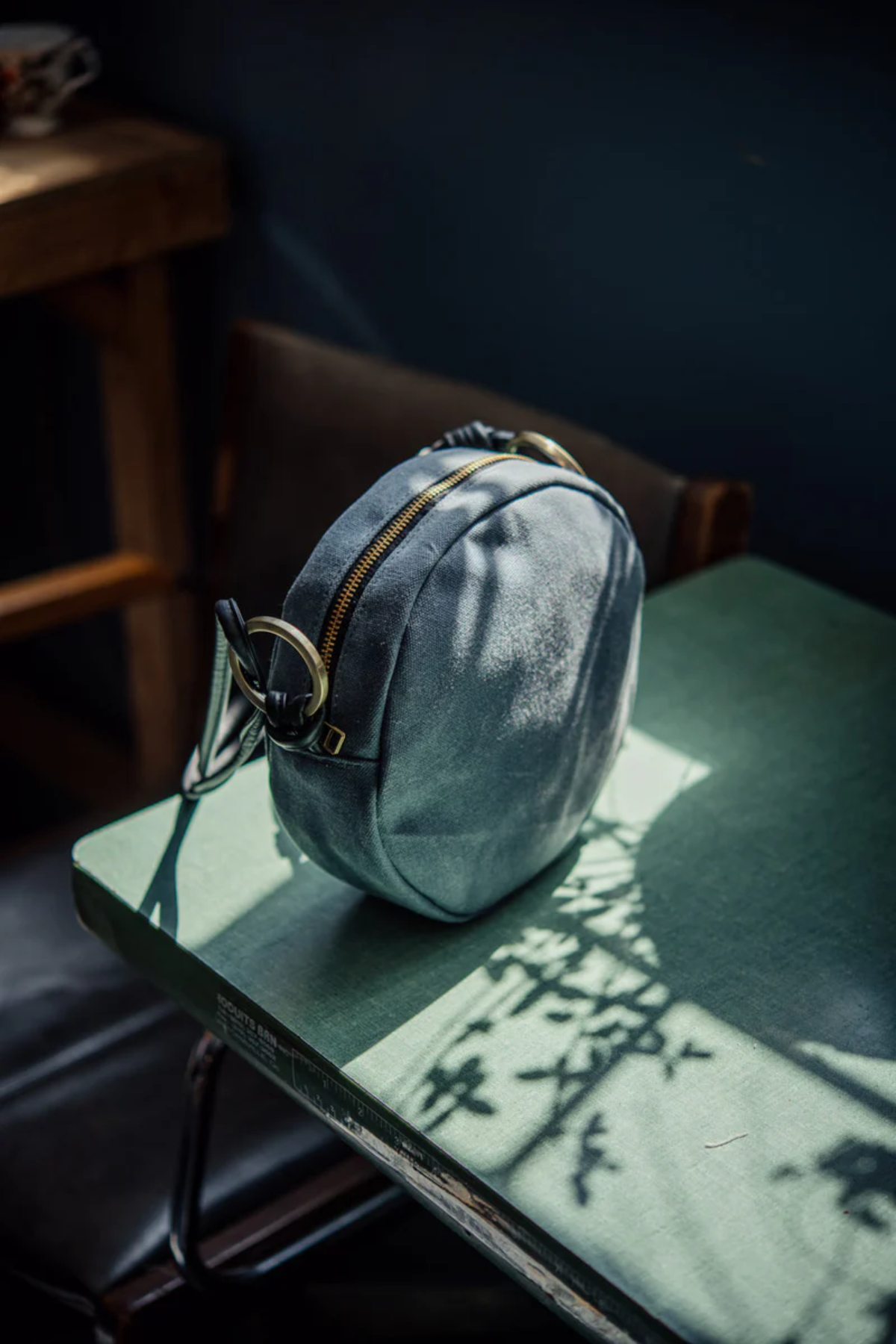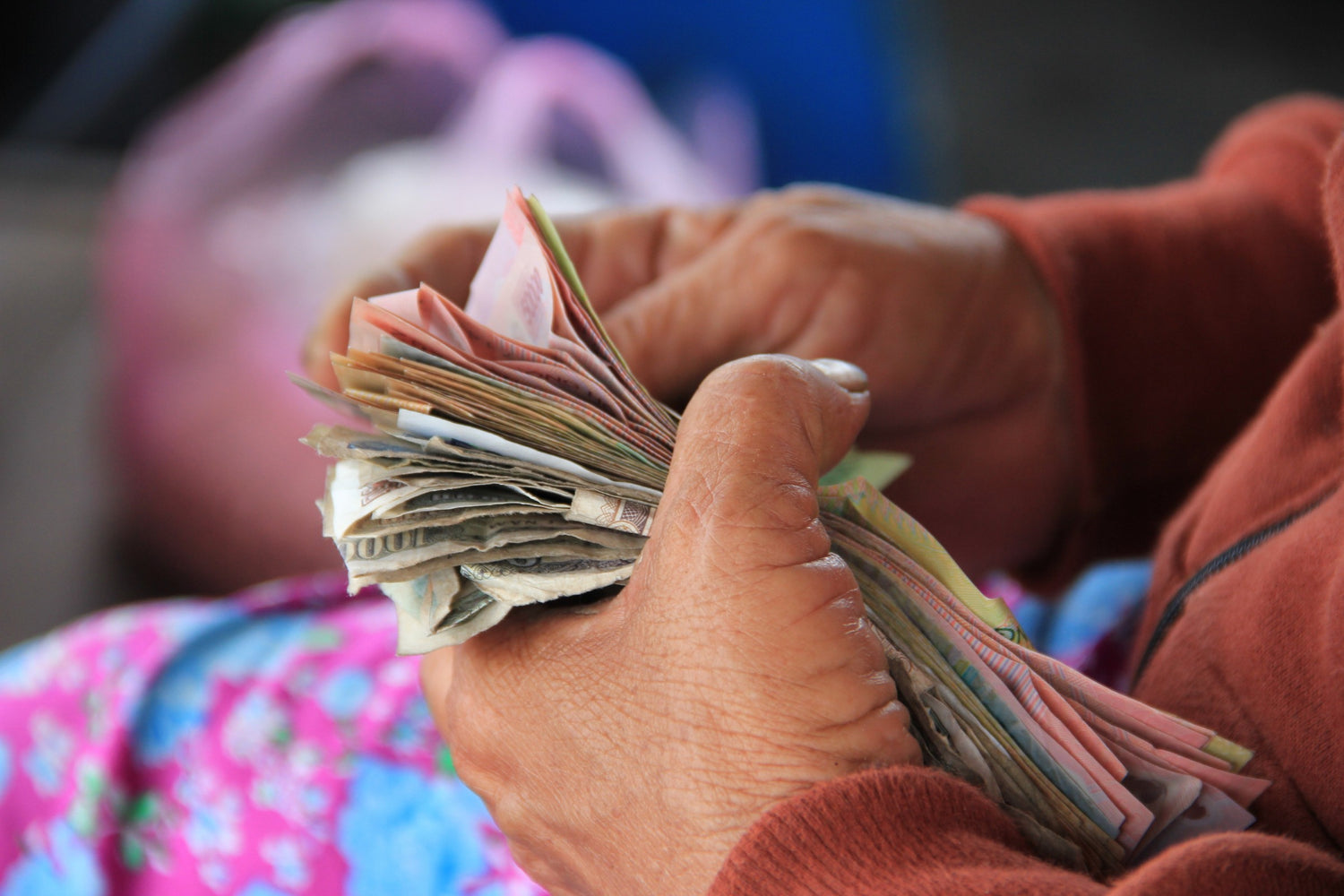Nowadays, consumption has taken a disproportionate tangent, that of an overconsumption too often blinded by the creation of imaginary needs. Not only does this overconsumption come against an environmental concern, but it also comes primarily with a deep ethical dichotomy. The one we demand for us here is the opposite of that offered to some workers elsewhere in the world, regardless of the field.
I offer you an overview of the world of production, to understand a little better the price difference between a local product and a "Made in China" product.
How are we doing?
In Quebec, we have very clear labor standards that ensure standardization of conditions for employees in order to respect a certain professional ethics. The employer must respect a work schedule including a mandatory break, minimum wage, paid leave, sick leave, dismissal standards, etc. Every decision we make to improve our working conditions obviously has a direct impact on the cost of a product.
For example, already that the monthly rental of a workshop in Montreal is much higher than outside the large metropolitan area, it is exponential in comparison to the rural environment of a developing country. Then, a minimum wage of $11.25/hr directly affects the making of a $55 t-shirt or a $700 table. Whether in the manufacture of the raw material, the design of a model, the patronage and the confection, there are several people involved in the process of manufacturing a finished product. By calculating the basic hourly rate in Quebec, each essential element of the production chain must be remunerated accordingly.
And elsewhere?
Despite everything, it is very difficult to adequately compare the situation elsewhere in the world, being very different from one country to another and from one region to another. Of course, the cost of living in these developing countries is much lower than in the richest nations of the world. The average hourly wage in India is estimated to be $0.22, in China around $3.20, and $2 in Thailand. In recent years, with the increase in the minimum wage in China, many manufacturers have decided

Source: MessageFactory
to abandon the latter for other countries which offer a much more advantageous price, in order to maximize their profit. If we redo the same exercise as above, we could evaluate that the cost per piece of a t-shirt at $6 or a table at $150 is perhaps more advantageous for our wallet, but it comes with heavy social consequences.
Even today, several reports point to inhuman conditions, a major wage gap between the sexes, the exploitation of children in the majority of fields such as agriculture, factories and mining. The major problem lies in the impossibility for the workers to fight for their conditions. The employer takes the liberty of sanctioning, laying off or even using violence to discourage the employee from continuing in his claims process. Under pressure and threat, the latter is often forced to keep his unfavorable position to allow himself to feed his family, to have a home, to survive. Consequently, several textile factory collapses have occurred in recent years, caused by growing consumer demand. The facilities are not suitable for such rapid growth. The 2013 Rana Plaza factory collapse in Bangladesh , to name just one, left over 1,138 people dead and over 2,000 injured.
Rational and ethical decision
Although the conditions for workers are improving year after year, we still have a long way to go before we achieve an ideal environment for everyone. The dilemma always lies between consuming a product resulting from an undemocratic or downright inhuman situation, but allowing these people a minimum to survive or consuming a local product and encouraging the local economy and professional ethics. The important thing is to ask questions before each purchase and to assess the real cost of a product. Behind each product, there is more than one person who must succeed in making a little money to pay their rent and feed themselves.
Discover the other articles of this file:
The Cost Behind Product 2: Toys
The cost behind product 3: local fashion

Reviewed by Marie-Eve Patry
Cover photo: Niels Steeman





































Leave a comment
This site is protected by hCaptcha and the hCaptcha Privacy Policy and Terms of Service apply.